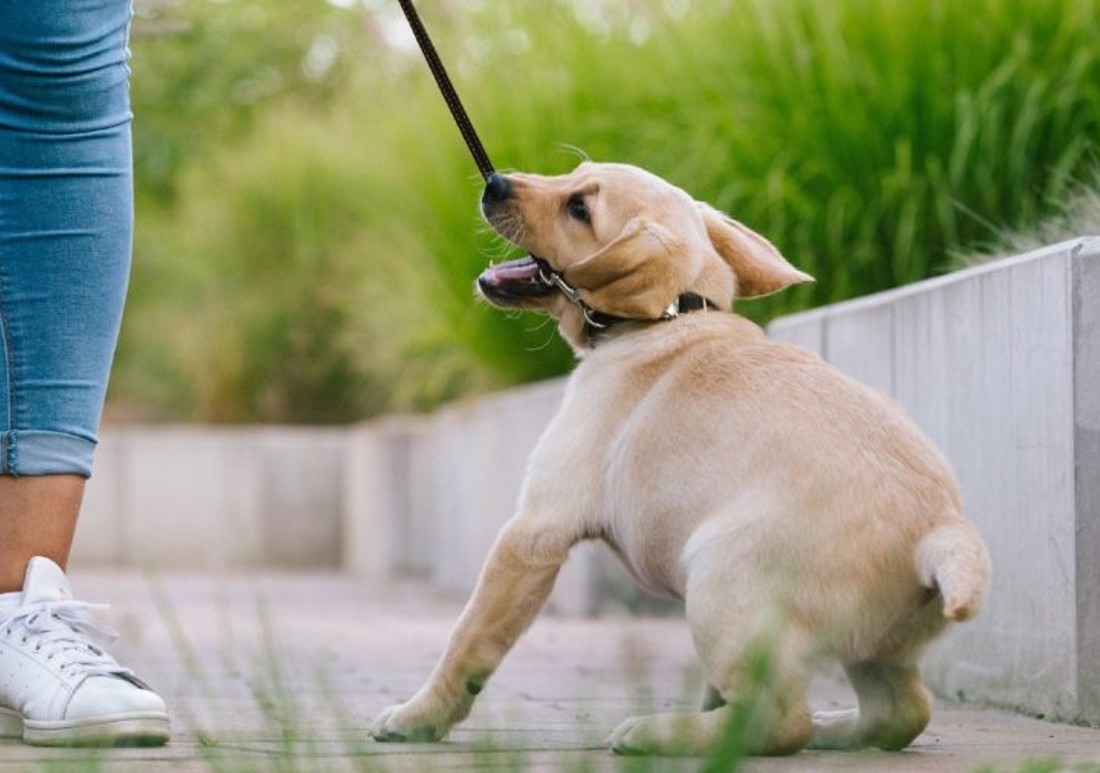Tips and Tricks for Leash Training a Puppy

Are you having trouble getting your pup to walk properly on their leash? Don’t worry, because you’ve come to the right place! We know that leash training can be hard, but it’s not impossible. With a few simple steps and the right attitude, you’ll be able to take your pup for a fun walk on their leash in no time.
In this short article, we’ll gather up some of the best tips and tricks for leash training a puppy. We’ll discuss the basics of leash training, how to approach it in a positive way, what equipment you’ll need, and much more!
Identifying the Proper Supplies
Leash training starts with the proper supplies. You’ll need a collar or harness that fits comfortably around your pup’s neck or torso, plus a short dog leash that’s both secure and flexible enough to allow your pup some freedom of movement. Retractable leashes aren’t the best since they discourage control and are difficult to work and train with. Be sure that the leash is only long enough to give your pup just enough slack to move around comfortably.
You’ll also want some other essential items like treats for rewarding good behavior and a water bottle with a bowl to keep you and your pup hydrated as you train.
Creating a Positive Experience
One of the most important aspects of successful leash training is creating a positive experience for your pup. Allow them to explore and discover while introducing them to the concept of walking on a leash. Let them sniff around and explore their environment as you watch them closely with the short dog leash in hand. Remember that it’s best to make these first experiences positive as they can create good associations with both the leash and its purpose.
Engaging the Puppy
Since your pup needs positive experiences during leash training, this will mean providing them with consistent praise and rewards whenever they respond correctly during walks. Make sure to have those treats handy so you can give timely rewards for good behavior. This can include things such as brisk walking, staying on your side, and responding calmly when passing by other dogs or people.
Dealing With Distractions
It’s important not only to establish consistent commands such as “sit,” “stay,” and “walk,” but also to make sure that other people, pets, and passing critters don’t interfere with any commands you’re giving your pup. There are many different ways to deal with distractions while out walking with your pup on their short dog leash. One of the most effective methods is simply turning away from any distractions and continuing on with walking at a brisk pace. Of course, if needed, reward your pup with some healthy treats for not engaging in any bad behaviors. This will help reinforce correct behavior while eliminating any reinforcement for undesirable behaviors. As always, consistency is key here!
Final Note!
Leash training is an essential and serious part of puppy upbringing since it promotes the health and safety of both humans, canines, and other animals alike! By following these tips and tricks, you’ll be sure to have an obedient pup before long. Just remember to get high-quality supplies, create a positive experience, engage your pup, and be ready to deal with distractions. If you’re having any trouble, you can always speak with a professional dog trainer or your veterinarian to get advice and identify anything that could be holding your new puppy back from walking on a leash properly.
Your Pet’s Best Interest, Always
At Pet Institute, we take pet care seriously. We're dedicated to transparency, impartiality, and the well-being of your pets in every article, review, and recommendation we provide. Our unwavering commitment to these principles ensures that you, our valued reader, always receive reliable and unbiased information. Let us be your trusted guide in the world of pet care and companionship.